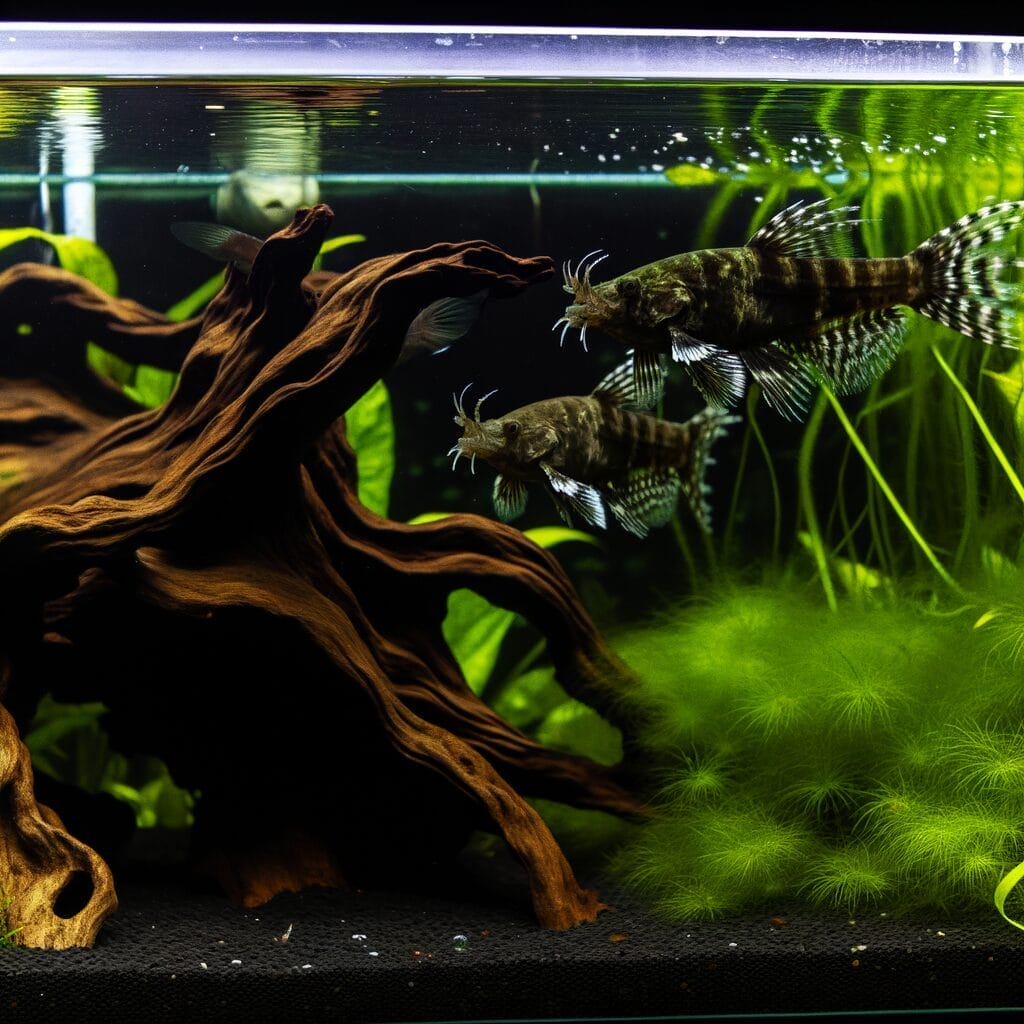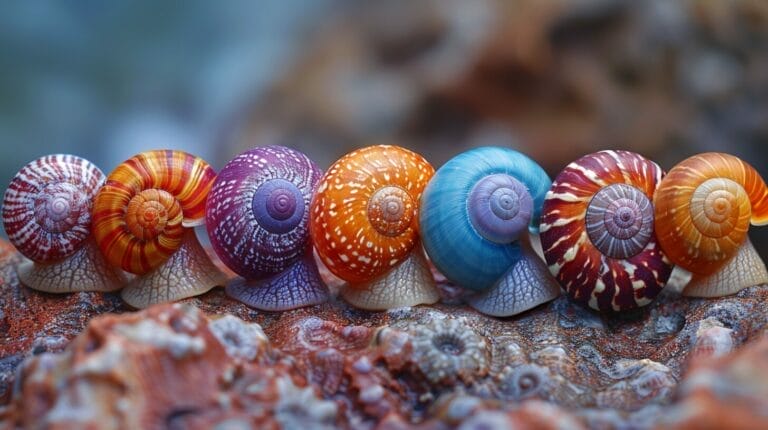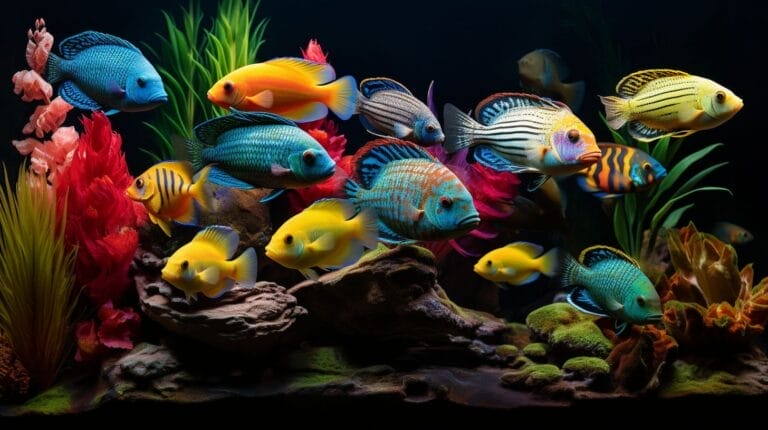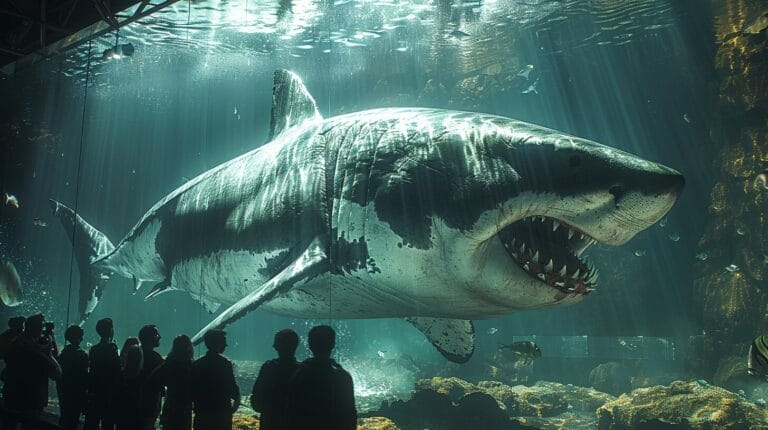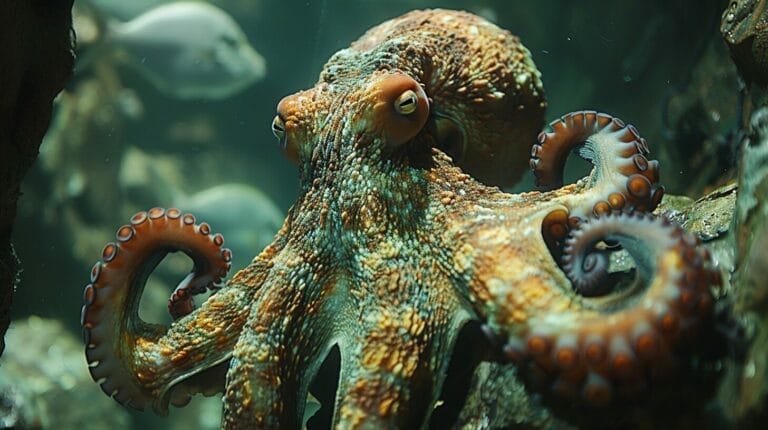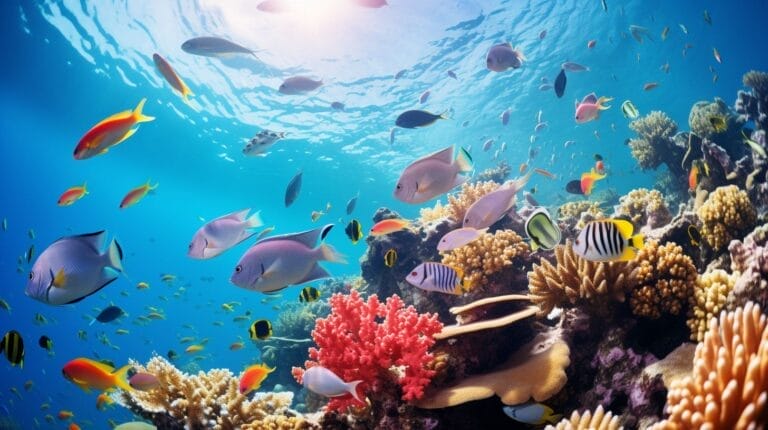Bristlenose Plecos Care: Complete Guide for Aquarium Owners
Discover the ultimate care guide for Bristlenose Plecos, perfect for aquarium owners. Learn about their habitat, diet, and tank needs to ensure their well-being. From setup to maintenance, this concise guide covers all essentials for keeping your Bristlenose Plecos healthy and happy.
Key Takeaways
- Maintain tank between 60-80°F, pH 6.5-7.5
- Provide hiding spots and driftwood for comfort, making it an ideal environment for albino bristlenose plecos.
- Feed plant-based foods, algae wafers, veggies
- Choose peaceful tank mates like Corydoras Catfish for your starlight bristlenose pleco.
- Set up breeding tank with proper conditions
Understanding the Bristlenose Pleco: An Aquarium Enthusiast’s Guide
Success in caring for Bristlenose Plecos in an aquarium hinges on understanding their unique characteristics, such as their role as algae eaters. These fascinating creatures thrive in a well-maintained tank with specific water parameters. The water temperature should fall between 60-80°F, and a pH level of 6.5-7.5 is vital for their health, supporting conditions where bristlenose plecos love to thrive. Furthermore, they require ample space to roam and explore, so a tank with a minimum of 20 gallons of water is necessary.
In terms of care, Bristlenose Plecos, which are native to South America, are fond of the bottom of the tank. Providing hiding spots and driftwood for grazing is crucial for their well-being. Feed them an algae wafer daily to keep them satisfied and healthy, as they primarily feed on algae in their natural habitat, which is common with Bristlenose Plecos. Understanding these key care aspects will create a thriving environment for your Bristlenose Plecos.
Essential Bristlenose Pleco Care: Creating a Suitable Environment

A well-thought-out tank setup is key to ensuring the well-being of Bristlenose Plecos. Provide ample hiding spaces like caves or driftwood to mimic their natural habitats.
Additionally, maintaining high water quality is vital. A robust filtration system and regular water changes are key to keeping ammonia and nitrate levels in check. Bristlenose Plecos are sensitive to poor water conditions, so monitoring water parameters such as pH, temperature, and hardness is crucial.
Feeding Your Bristlenose Pleco: A Guide to Nutritional Requirements

Bristlenose Plecos are primarily herbivores. Their diet should consist mainly of plant-based foods such as algae wafers, blanched vegetables like zucchini and cucumbers, and sinking pellets.
Offering small portions several times a day mimics their natural grazing behavior around the tank and helps control portion size to prevent overfeeding. Observing your Pleco’s eating habits can guide you in adjusting feeding amounts.
Choosing Bristlenose Pleco Tank Mates: Ensuring a Harmonious Aquarium

When choosing tank mates for your Bristlenose Pleco, select species that are peaceful, non-aggressive, and compatible with their specific needs. Here are some compatible species that can coexist with Bristlenose Plecos:
- Corydoras Catfish: Peaceful bottom dwellers
- Neon Tetras: Active, colorful fish
- Otocinclus Catfish: Algae-eating companions for your pleco fish
- Cherry Shrimp: Safe invertebrate choice for your gallon tank with pleco fish
How Can Bristlenose Plecos Help Prevent Algae Growth in My Aquarium?
Bristlenose Plecos are effective aquarium turning green solutions. These fish feed on algae, helping to keep the tank clean and preventing excessive algae growth. Their constant grazing on surfaces minimizes the green buildup, promoting a healthier and more balanced aquatic environment.
Breeding Bristlenose Plecos: A Comprehensive Guide
Breeding Bristlenose Plecos requires a suitable environment for their specific reproductive needs. A breeding tank should have plenty of hiding spots like caves or driftwood, especially for shy species like the male bristlenose pleco. Water hardness around 5-15 dGH is ideal, as it influences breeding success, particularly for the robust male bristlenose plecos.
After the eggs hatch, provide proper nutrition like algae wafers and blanched vegetables for the healthy development of the Pleco fry. Monitoring water parameters such as pH levels and temperature is crucial during the breeding process to maintain optimum conditions for the adult Bristlenose and their baby plecos. Patience is key when breeding Bristlenose Plecos, as successful breeding may take time.
Conclusion
To sum up, looking after Bristlenose Plecos in your aquarium can be a fulfilling experience with the appropriate knowledge and care.
By establishing a suitable environment, offering proper nutrition, selecting compatible tank mates, and potentially breeding these intriguing fish, you can enjoy a flourishing and peaceful aquatic ecosystem.
Always conduct research and stay informed to guarantee the health and happiness of your Bristlenose Plecos.
Happy fishkeeping!
Frequently Asked Questions
What are bristlenose plecos?
Bristlenose plecos, also known as bristlenose catfish, are a type of freshwater fish commonly kept in aquariums. They are known for their unique appearance with bushy bristles on their nose.
How big do bristlenose plecos get?
Bristlenose plecos usually grow to around 4-6 inches in size, making them a suitable choice for smaller tanks compared to common plecos.
Can bristlenose plecos be kept in a community tank?
Yes, bristlenose plecos are peaceful fish and can usually be kept in community tanks with other non-aggressive fish species.
What is the care guide for bristlenose plecos?
Bristlenose plecos are easy to care for as they mainly feed on algae. Provide them with a suitable tank size, keep the water clean, and offer hiding spots in the aquarium.
How can you breed bristlenose plecos?
To breed bristlenose plecos, you can set up a separate tank for the breeding pair, provide them with caves for spawning, and ensure water conditions are optimal for egg fertilization, fostering a nurturing environment for baby plecos. (

